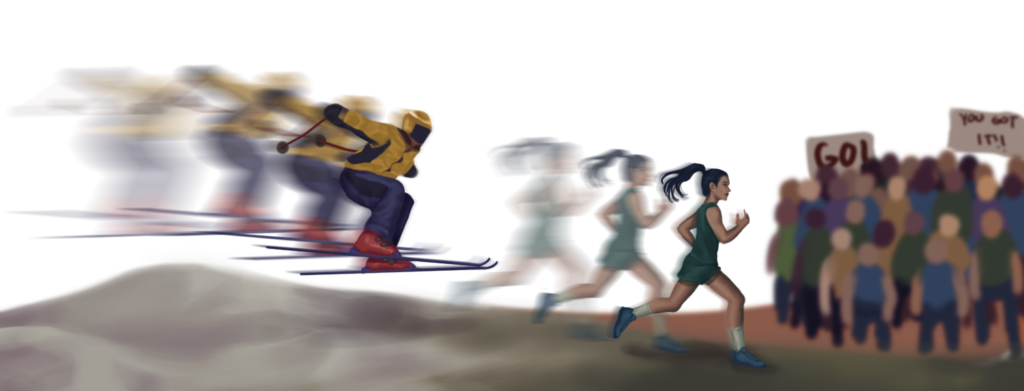In the United States, 56.1% of youth ages 6 to 17 played organized sports in 2019, according to data by Aspen Institute’s Sport and Society Program. At Palo Alto High School, 60.6% of students have participated in a school sport, according to data from an opt-in survey by Verde Magazine of 255 Paly students that was collected from April 27 to May 6. In Norway, however, 93 percent of the country’s teenagers ages 13 to 19 are in or have played organized sports in 2019, according to a journal in ScienceDirect.
According to an article by the New York Times, Norway guarantees and encourages every child access to high-quality opportunities in athletics. Nearly every neighborhood has a well-funded sports club and instead of competitions, they focus on participation and socialization. Under Norway’s Children’s Rights in Sport document, children can decide how much they train and if they participate in games and can easily switch clubs. Despite this inclusivity, Norway has proven to be largely successful in the sports it focuses on, as proven by its 37 medals won in the 2022 Winter Olympics.
The U.S. maintains a similarly strong athletic profile, according to an article by The Guardian, but my experiences have reflected that instead of encouraging all to participate it too often pushes those who display talent at a very young age to succeed in athletics.
The certain sports environment at Paly is too often not a cultivating one, but a selective one that prioritizes competition over opportunity and inclusivity.
Story continues below advertisement
Paly displays a system like this: as a result of a focus on competition, students whose parents have the financial means and a lot of time and patience to support them through years of private sports classes are favored. The sports environment at Paly is too often not a cultivating one, but a selective one that prioritizes competition over opportunity and inclusivity.
Although many students have been able to join sports at Paly, I had a different experience. Last year, I attended the online “sports information night,” which was scheduled after most of the tryouts had already occurred and was replete with impatient parents ready to acquire all the information they could about their children’s teams. After asking if a sophomore with some experience could join the golf team, I was told that a high level of experience was required. I was then directed to a private coach; one who was not a part of the school, and could help me improve enough to get into the team next year.
I realized that my lack of awareness in ninth grade of such competition in athletics meant that I never knew that it would have been easier to join my first year of high school or that I should have prepared even more for the tryouts or that private coaching and years of experience were required to even participate in a sport. Quite simply, I still struggle to grasp why the coach of a public school would direct students to a private instructor just to be a contender in tryouts.
To create more opportunities for students, the school should make all sports “no cut,” where all students are admitted though only some are on the official roster and compete. Although this means more resources would be needed, including equipment and staff, I believe the benefits of allowing students to train their minds and bodies outweigh the costs. To start encouraging students to join a sport, a sports fair could be hosted in a similar fashion to the club fair.
Norway’s sports system has proven that inclusivity, rather than competition, can lead to success in sports. Paly should seek to replicate such a system, and allow more students to join athletics.



